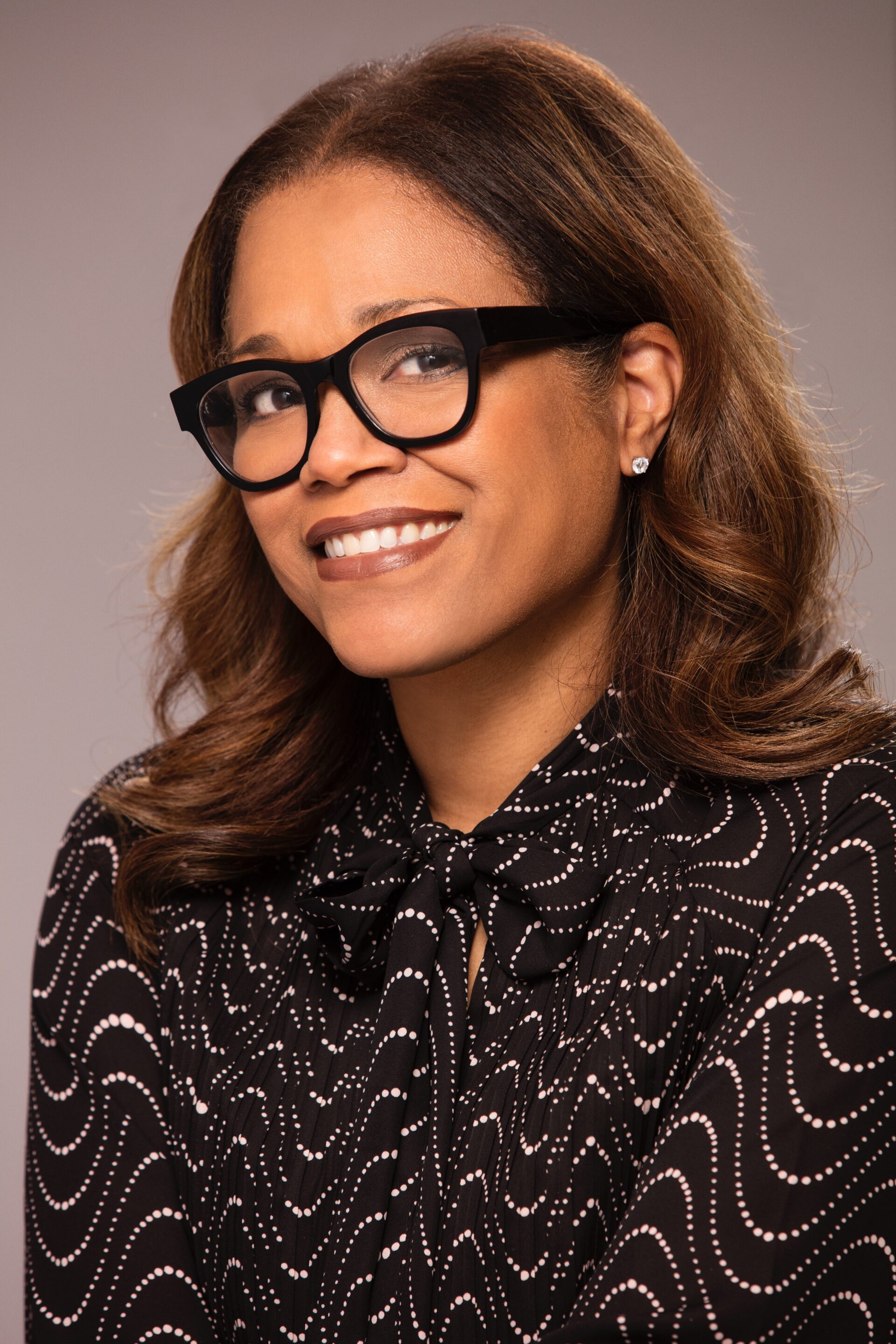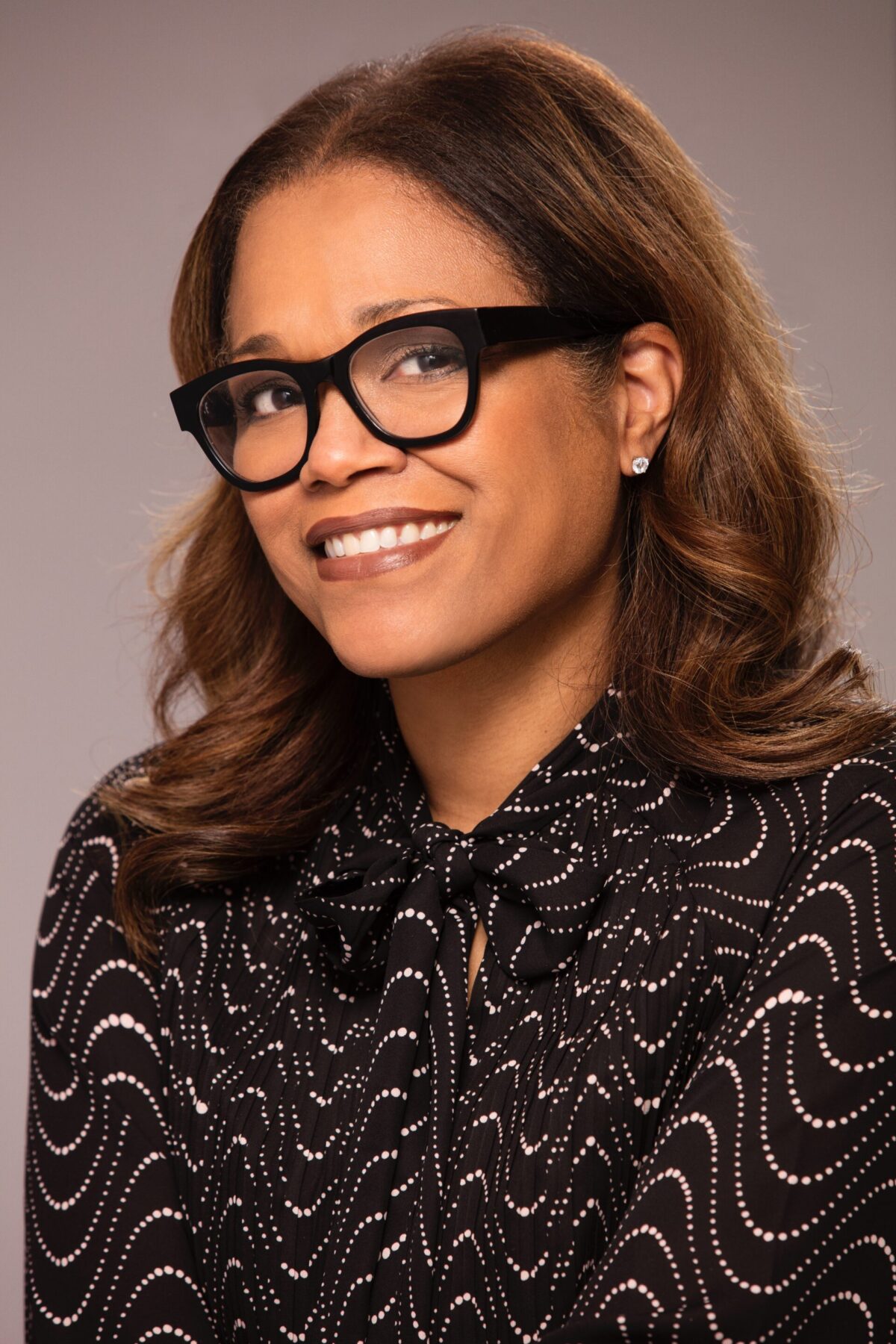Bank of America has achieved some impressive accomplishments in recent years when it comes to diversity, equity and inclusion: Its global workforce is more than half women, and in the U.S., 48% of its workforce are people of color. Half of the company’s board of directors are diverse and it’s among just eight S&P companies with at least six female board members. It also recently added five new members to its senior management team, three of whom were women—rounding up an executive team that is the most diverse in the company’s history.
It’s extended that commitment to DE&I across stakeholders. For instance, last year it increased its commitment to racial equality and economic opportunity to $1.25 billion over five years.
Despite the internal and external advances, Cynthia Bowman, Bank of America’s chief diversity and inclusion and talent acquisition officer, says the work is far from over. She is tapping into her 15 years with the bank, including nearly three in her current role, along with her deep passion for DE&I to continue to move the ball forward—on hiring, leadership development, community investment and more.
She recently spoke with HRE about the future of that work.
HRE: Bank of America has made significant investments in addressing societal disparities affecting people of color. How do you see this work connecting to HR’s overarching function?

Bowman: Societal issues are largely related to the work we do in diversity, equity and inclusion, as well as our environmental, social and governance work. All of this starts at the top of the house—with our board and CEO. They each have oversight over culture and for holding the organization and our team accountable for the work we do that not only supports our talent internally but also the external work that includes addressing societal issues—whether it’s economic mobility for all or some of the racial injustice issues we’ve seen. One example is the commitment we made—building on the work we’ve been doing for years—to invest an additional $1.25 billion to combat racial inequality and [support] economic opportunity for all.
Read more Insights from a CHRO here.
HRE: Given how far the bank has progressed on the representation of women and people of color in leadership roles, how do you plan to both maintain and continue to advance that success in the coming years?
Bowman: I think it largely has to do with how we manage the [DE&I] work and integrate it. This work is supported by our Global D&I Council, which [CEO] Brian Moynihan chairs—he doesn’t miss a meeting—and it consists of several senior executives across all areas of the bank, by business and region. The council helps set priorities and hold the organization accountable to drive progress, a large portion of which we’re seeing in our Human Capital Management Report, which shows that the progress for underrepresented groups is largely due to our accountability and governance structure. We’re proud of where we’ve grown and the fact that we’re at 50% women and 49% people of color, that we’ve continued to close gaps at the top of the house and that our board and management teams are incredibly diverse; we now have three of our eight lines of business led by women.
HRE: What have been some of the most impactful—both for you on a personal level and for the organization—outcomes from the Let’s Get Real courageous conversations series?
 Bowman: Let’s Get Real is incredibly important to the bank’s culture and enables us to create conversations that provide our employees with the ability to have more empathy and understanding around their differences and to put into context some of the takeaways and lessons. We’re hosting them all across the organization globally and they’ve been led by members of the board, the CEO, most of the management team, multiple Employee Networks and many employees who’ve been able to talk about the issues that matter to them. We’ve talked about all different types of topics—intersectionality, mental health, equity and inclusion—and they’ve helped people check their own biases and really reflect on how to be more consciously unbiased. Another area is helping people to get more uncomfortable—we’re not trying to offend people but sometimes people would rather stay silent [than confront uncomfortable issues] so we’re providing them the necessary tools to talk about sometimes-difficult topics in a way that drives more conversations around inclusion and equity. We’re also encouraging people to be proactive and have deliberate conversations. We want people to listen to others and not just reply right away but actually first challenge themselves to see where that person is coming from. We encourage people to have conversations that are authentic—because that’s when the real progress can occur.
Bowman: Let’s Get Real is incredibly important to the bank’s culture and enables us to create conversations that provide our employees with the ability to have more empathy and understanding around their differences and to put into context some of the takeaways and lessons. We’re hosting them all across the organization globally and they’ve been led by members of the board, the CEO, most of the management team, multiple Employee Networks and many employees who’ve been able to talk about the issues that matter to them. We’ve talked about all different types of topics—intersectionality, mental health, equity and inclusion—and they’ve helped people check their own biases and really reflect on how to be more consciously unbiased. Another area is helping people to get more uncomfortable—we’re not trying to offend people but sometimes people would rather stay silent [than confront uncomfortable issues] so we’re providing them the necessary tools to talk about sometimes-difficult topics in a way that drives more conversations around inclusion and equity. We’re also encouraging people to be proactive and have deliberate conversations. We want people to listen to others and not just reply right away but actually first challenge themselves to see where that person is coming from. We encourage people to have conversations that are authentic—because that’s when the real progress can occur.
HRE: Approaching two years after the murder of George Floyd, how do you think corporate America has kept up with its promises around diversity, equity and inclusion?
Bowman: We firmly believe that everybody has to be treated with respect and live free of discrimination, so they can bring their whole selves to work. After the murder of George Floyd, we spent time reflecting and came out with our increased commitment of $1.25 billion [to racial equality and economic opportunity] over five years and we’ve continued to do a lot since then, including around housing and healthcare disparities. A lot of our work has focused on creating opportunities and a livable wage for all employees, which is why we raised our minimum wage to $21, with a goal of $25 by 2025. The point is, a lot of companies made promises [after Floyd’s murder], and this is a real opportunity now to discuss the impact and, as corporations, to continually try to help drive issues outside of our own four walls to impact the clients and communities we serve.
HRE: The competition for talent acquisition and retention is a focus for most HR executives today. Do you see this as a DE&I issue? If so, how can HR and DE&I leaders collaborate to enhance retention and reduce turnover risk?
Bowman: We’ve been talking about “one HR” more and more—it’s about finding and staying connected with partners, whether that’s focused on learning, leadership development, diversity and inclusion, talent acquisition. Having a collective strategy around what we’re doing not only to hire the best talent but also to retain talent and develop talent is important. One of the reasons we’re seeing strong results [with retention] is because of how we’ve treated our people [during the pandemic], and a lot of that has been led by HR—supporting employees with PPE, doubling down on childcare, doubling down on supporting mental health, having a minimal increase in medical premiums for people making less than $50,000, making a commitment in the first year [of the pandemic] to not letting any employees go. We’ve done all this to support our talent—and that’s what the HR strategy is all about.
See also: How a JEDI approach can help deepen your diversity commitments
HRE: As a woman of color yourself, how do you think your own personal experiences have helped shape your perspective as a DE&I executive?
 Bowman: I’ve been in this role now for six years and I tell people all the time I’ve grown a lot. I was born as a Black woman in America so, of course, I understand that perspective from this vantage point, but I’ve been able to talk to so many people of different cultures and experiences and with different perspectives based on how they were raised, their gender, their race, their being LGBTQ or a vet. And I’ve grown by listening to these other stories. I usually try to learn first—seek to understand. I believe that people’s intentions [about DE&I] are usually inherently good; sometimes they may not have a great awareness of a unique situation but I believe that, through conversation and dialogue, we can realize we’re more alike than we are different. That’s how we try to approach everything we do as a company: assuming the best about people’s intentions but having honest dialogue around opportunities for progress and true equality for all people. I’ve broadened my own perspective to understand other people’s views and that has made me, quite frankly, a better person and a better DE&I executive.
Bowman: I’ve been in this role now for six years and I tell people all the time I’ve grown a lot. I was born as a Black woman in America so, of course, I understand that perspective from this vantage point, but I’ve been able to talk to so many people of different cultures and experiences and with different perspectives based on how they were raised, their gender, their race, their being LGBTQ or a vet. And I’ve grown by listening to these other stories. I usually try to learn first—seek to understand. I believe that people’s intentions [about DE&I] are usually inherently good; sometimes they may not have a great awareness of a unique situation but I believe that, through conversation and dialogue, we can realize we’re more alike than we are different. That’s how we try to approach everything we do as a company: assuming the best about people’s intentions but having honest dialogue around opportunities for progress and true equality for all people. I’ve broadened my own perspective to understand other people’s views and that has made me, quite frankly, a better person and a better DE&I executive.
HRE: You have said DE&I work is your “calling.” What is your advice for others who feel a similar call about how to ensure a sustainable organizational focus on DE&I?
Bowman: My advice to others who feel a similar call is to realize that it’s never too late to be what you might have been. Don’t let your past experience dictate your future. When I came out of school, I was going to be an engineer and I focused on tech and started to work in that space but I quickly gravitated toward management and left my job to go back to school and I’ve worked in HR ever since. I certainly believe I’m following my passion and my calling, but you have to align it to ensure you’re successful. I firmly believe DE&I must be embedded across the business and across HR practices—it cannot be a disparate function. When you think about the life cycle of talent in any organization—when you hire, promote, retain, recognize—it’s important to embed DE&I in all of those decisions and processes.
The post Moving the DE&I ball forward at Bank of America appeared first on HR Executive.
